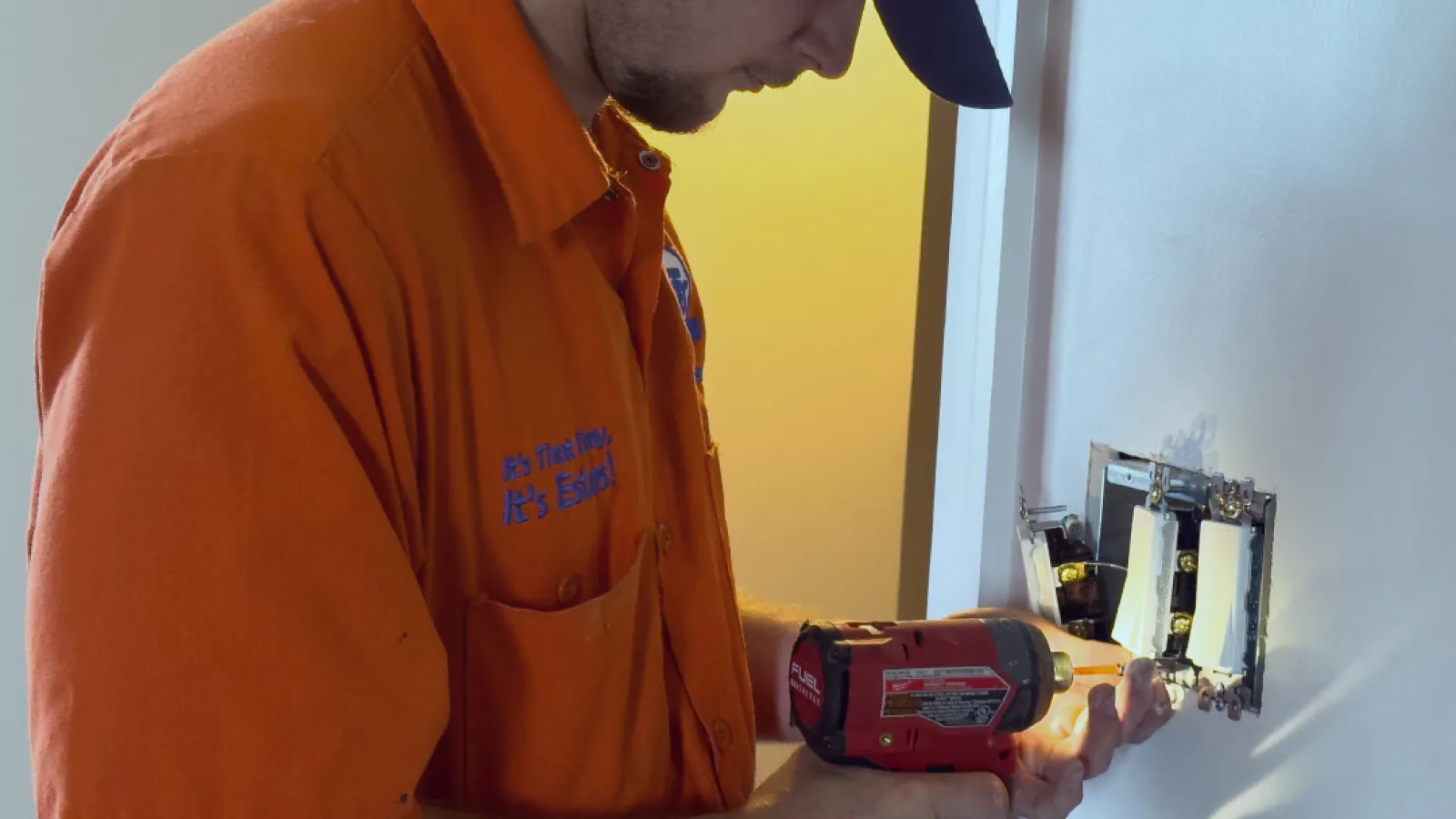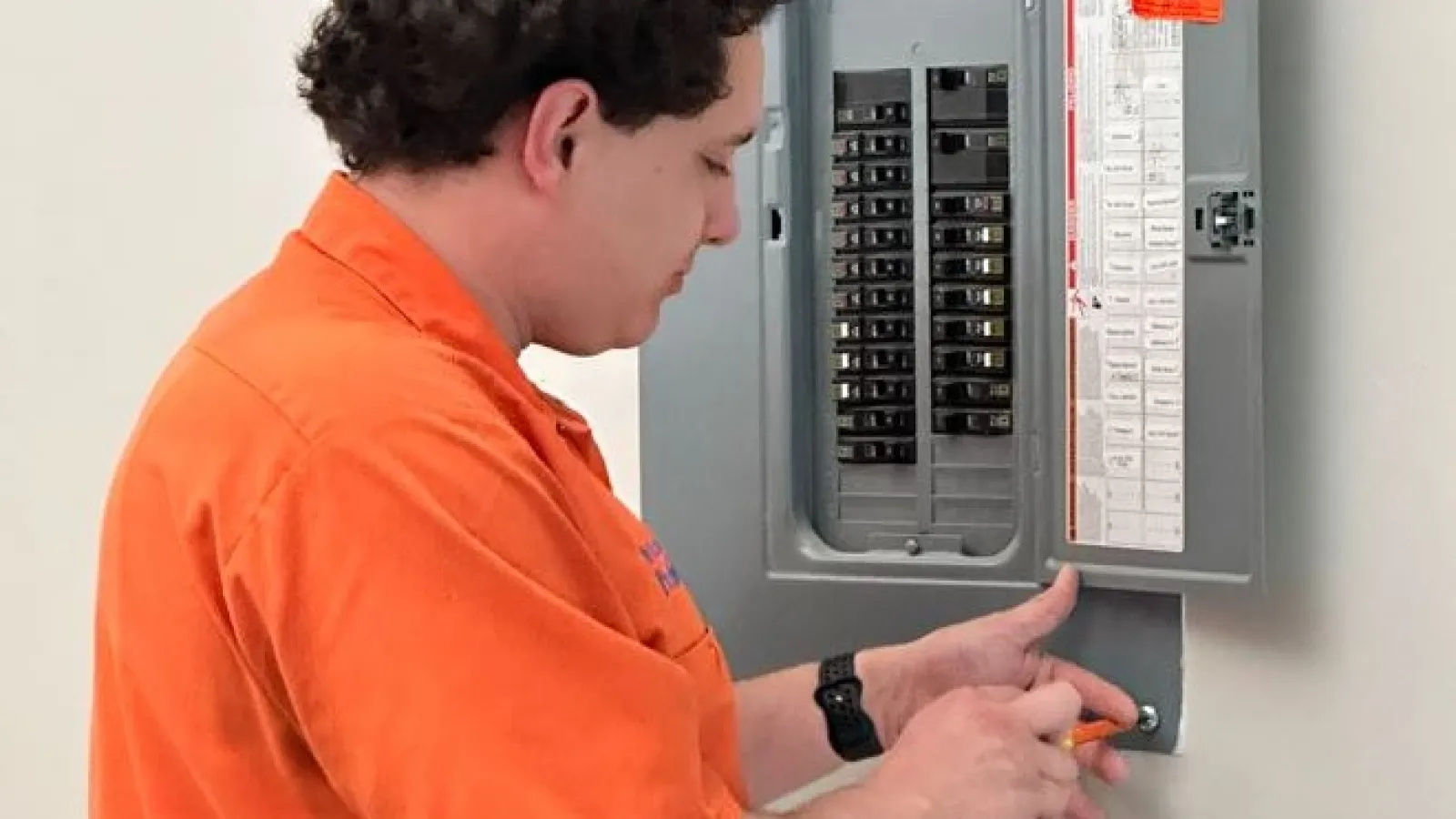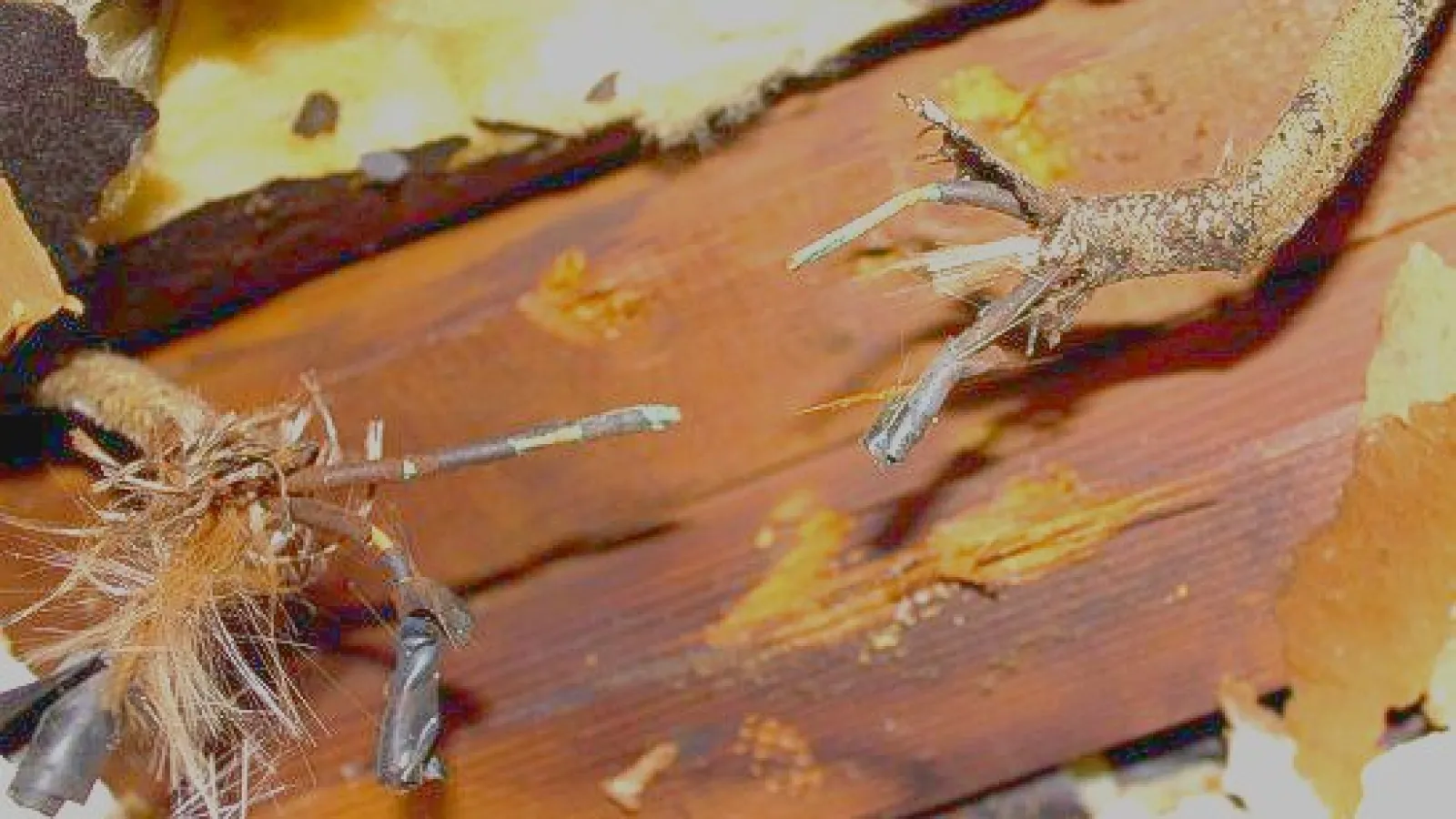An outlet not putting out full power sets off alarm bells for Atlanta, Georgia, homeowners. Low voltage not only causes disruptions to plugged-in items, but it also creates energy waste, wear and tear to appliances and plugged-in devices and potential fire hazards.
To improve the safety and function of your electrical system, Estes Services explains how to troubleshoot electrical outlets that aren’t putting out full power. When troubleshooting steps fail to solve the issue, it’s time to call for professional assistance. For electrical repairs in your home, call Estes Services today.
What Causes Low Voltage in an Outlet?
Let’s start by explaining the possible causes behind the issue. Low voltage from household outlets typically stems from a worn-out or damaged fixture.
Over years of use, outlets sustain wear and tear just like other frequently used items. Over time, plugging and unplugging cords causes the connections within the plug to loosen, which wears away the outlet.
Damage to outlet wiring is another potential cause of an outlet without full power. When the wiring is damaged, there is greater potential for electrical current resistance, which prevents the wiring from conducting the appropriate voltage to the outlet. Wiring damage occurs as the result of overheating, melting and electrical surges.
Troubleshooting Your Outlet
In some cases, an outlet with a low voltage can be solved through DIY troubleshooting. If you notice an outlet is not giving off appropriate voltage, the first step is to check and see if the problem is limited to just one outlet or if other outlets, switches and appliances are also affected. Test nearby outlets with a voltage meter if you have one, or simply plug in a lamp to determine if the outlet is working or not. If other dead outlets or fixtures are found, take note of them.
Check the electrical breaker panel of the home. Inspect the circuit breaker that powers the outlet to ensure no breakers have flipped or fuses have burnt out – reset or replace, if necessary. If the outlet in question is a GFCI (ground fault circuit interrupter), be sure that the GFCI circuit breaker has not been tripped. Reset it if necessary, and reset the GFCI outlet using the ‘RESET’ button on the outlet itself. If the breaker will not reset and continues to trip, there may be a ground fault issue or short circuit. If that’s the case, turn the breaker off until the issue is found and corrected.
Before troubleshooting the outlet itself, turn off power to it at the home’s electrical panel. Remove the faceplate to access the outlet wiring and find the ground, neutral and hot voltage wires. Ensure the screws that keep the wiring in place on the outlet are tightened. Loose screws can cause an outlet not putting out full power.
Check the wiring for corrosion or burn marks. If you notice damage on the wires, they can be stripped to the point where the copper is shiny and cleaned, then reinstalled – however, installing a new outlet is recommended to eliminate continued loose wiring issues.
Next, you want to check the wire connectors running to the outlet wiring to see if any are loose. Gently pull out the outlet to access the wire connector, then gently tug each wire in the connector to see if any are loose. If loose wires are found, all wires in the connector need to be stripped to expose ½-inch to ¾-inch of fresh wire before lining them up and twisting into a new wire connector.
Replacing the Outlet
If the troubleshooting steps above do not remedy an outlet not putting out full power, it’s time to contact your electrician for help. The issue at hand is more complicated than a simple to solve outlet issue – ensure your safety and leave electrical repairs to a professional.
An outlet not putting out full power can lead to replacing the fixture and sometimes additional wiring. You may experience this problem if the outlet isn’t appropriately sized for the home’s voltage. The mismatch may have occurred if electrical upgrades were made in the home’s past but outlets were not retrofitted for upgrades.
Replacing a wall outlet is not a job for every homeowner. If you do not have knowledge and experience with electrical work, it’s best to leave the job to a professional to ensure safety and code compliance.
Still Need Help? Call Estes Services!
If the above troubleshooting steps fail to fix a low-voltage outlet, you need the help of a licensed electrician. The qualified electricians of Estes Services are ready to take over when troubleshooting fails, providing the repair service needed to correct function and maintain safety when it comes to your home’s electrical system. For electrical repairs in your Atlanta area home, contact Estes today to schedule service.




